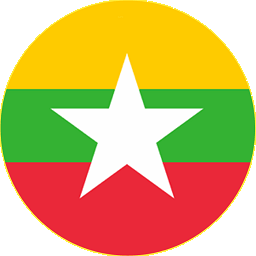
How to use possessive pronouns in Burmese
You want to learn how to use possessive pronouns in Burmese? You've come to the right place! Scroll down and see the short Burmese lessons complete with useful examples. My book, your book, all our books... we make learning Burmese possessive pronouns easy.
Add to cartDownload now
Enter your email address to receive your learn Burmese workbook. If you have not yet purchased the workbook, download a free sample now.
Thanks for downloading
An Email will be sent to the address bob@yahoo.com with links for downloading your PDF workbook. If the mail does not arrive, please check your spam folder.





